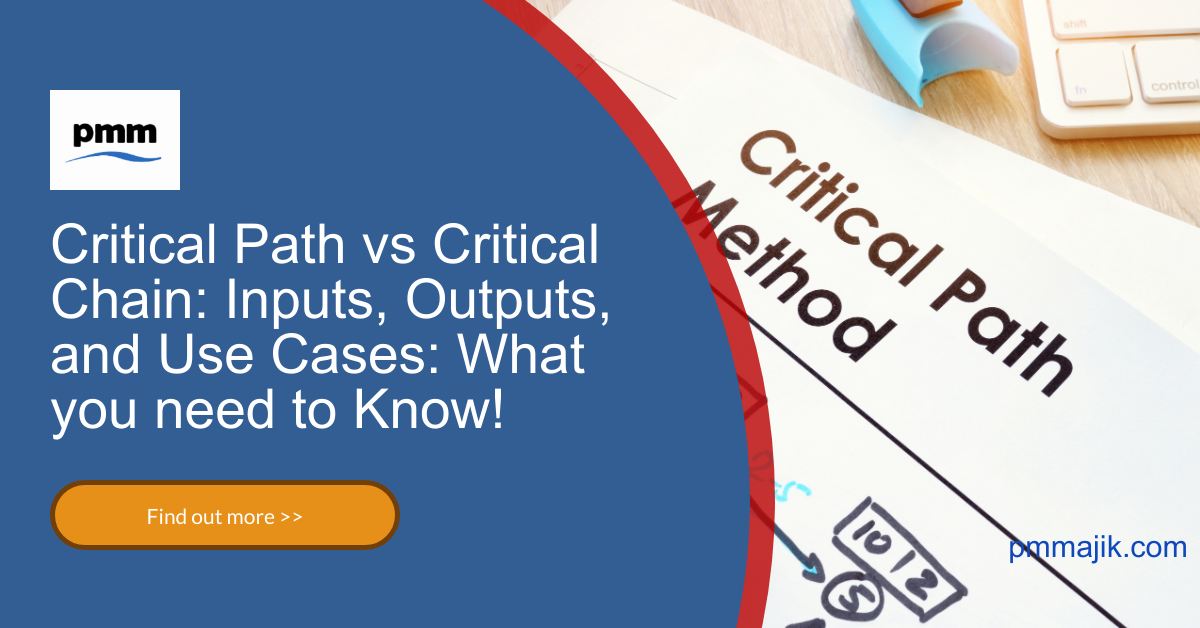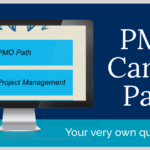Creating a project schedule is the culmination of a lot of work by the project manager and your project management office (PMO). When it’s time to create a project schedule, it’s worth knowing about the critical path or critical chain and the inputs, outputs, and use cases of both.
Your PMO will have frameworks and support in place to help your project managers create the right schedule for a range of purposes and implement the seven processes of time management. The final step in the project scheduling process is to commit the schedule to paper, or to a file.
While you may already be aware of how Agile, Waterfall, Kanban, and Scrum scheduling works, there is an alternative called critical path and critical chain scheduling. To help you understand how they work and if they’re a fit for your PMO, we’re going to look at:
- Critical path scheduling
- Critical chain scheduling
- What a precedence network is
What is critical path scheduling?
Critical path is a scheduling method that puts emphasis on project activities. The aim is the find the shortest way to complete a project in a logical order.
When a project manager creates a critical path schedule, they determine the total duration of the work that’ll be completed based on estimates for task completion and task dependencies. This process is called critical path analysis and needs to be done to create the schedule.
Those task dependencies are understood using a precedence network diagram, which we’ll look at in more detail in a moment.
A critical path can usually be created by software, but it’s worth project managers and anyone in your PMO involved in scheduling to be aware of how it works.
The inputs of a critical path schedule are:
- Time estimates for tasks
- Task dependencies
- Milestones and deliverables
- Agreed deadline
This will give the output of the earliest start and finish date and the latest start and finish date. In the middle of these two is the critical path.
A critical path schedule can work in a range of situations, including:
- Construction
- Product launch
- Engineering design projects
Or any project with a defined work process, that’s got an end result rather than ongoing process, and has ordered jobs – e.g. pouring foundations, building a frame, bricklaying, etc.
What is a precedence network diagram?
A precedence network diagram is a useful way to visualise project dependencies. It’ll help your project managers know where their focus should be by understanding the relationships between tasks.
To create a precedence network diagram, you need to put each activity in the project in a box. This is called a node. Any two nodes that are dependent on each other should be connected by a line or arrow.
This should easily visualise the task that should be priority by knowing what elements everything else relies on.
What is critical chain scheduling?
Critical chain scheduling is a resource-based approach to create a project schedule. You’ll still need to create your critical path before you can then organise it into a critical chain.
Rather than having time as the main factor when creating a schedule, critical chain aims to keep resources in constant use. It’s important to ensure that there’s no expectation of multitasking in a critical chain – this is oftentimes counterproductive.
To create your critical chain schedule, you need:
- Your critical path already laid out
- Resources availability
This can be more realistic and will produce a resource-constrained critical path. This schedule will look different to the original critical path, and that’s ok.
Critical chain scheduling works well when there is a tight deadline on the project that’s been imposed by the client. It also takes into account risks as well as requirements which can be useful when risks like resource availability and scope creep have been identified.
Critical path vs critical chain
Both of these types of project scheduling can help ensure that the project manager and their team have their attention on the right parts of the project. They give a visual tool – a network precedence diagram – to help understand priorities as well.
Knowing the inputs, outputs, and use cases of critical path and critical chain scheduling methods will help you determine if they’re right for your PMO to implement.




